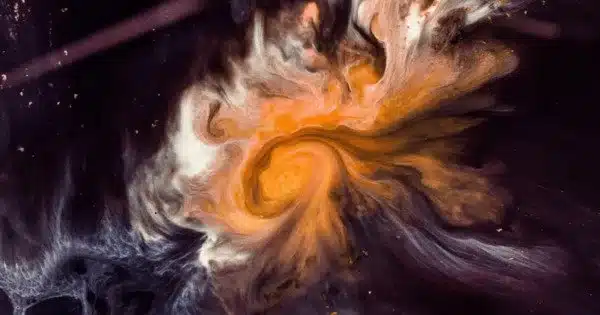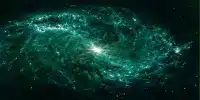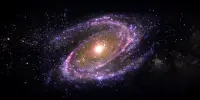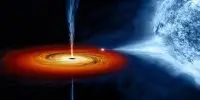A multinational team of scientists has identified an unusual Jupiter-sized planet orbiting TOI-4860, a low-mass star in the Corvus constellation. TOI-4860 b is a unique gas giant for two reasons: stars of such low mass are not predicted to support planets like Jupiter, and the planet appears to be exceptionally enriched in heavy elements.
The work, led by astronomers from the University of Birmingham, was published in a letter published in the Monthly Notices of the Royal Astronomical Society.
The planet was initially found as a reduction in brightness when transiting in front of its host star by NASA’s Transiting Exoplanet Survey Satellite, but that data alone was inadequate to prove that it was a planet.
The planetary qualities, which appear unusually enriched in heavy elements, provide a suggestion as to what may have occurred. We found something similar in the host star, thus an abundance of heavy metals is likely to have accelerated the planet formation process.
George Dransfield
The scientists used the SPECULOOS South Observatory in Chile’s Atacama Desert to measure the planetary signal in many wavelengths and validate its planetary nature. The astronomers also studied the planet shortly before and after it vanished below its host star, noting that there was no change in light, indicating that the planet was not emitting any. Finally, the team partnered with a Japanese group in Hawai’i, utilizing the Subaru Telescope. They all measured the planet’s mass together to confirm it.
Following this star and verifying its planet was the idea of a group of Ph.D. students working on the SPECULOOS project.
“Under the canonical planet formation model, the less mass a star has, the less massive the disc of material around that star,” explains George Dransfield, one of those Ph.D. students who recently submitted her thesis at the University of Birmingham. High-mass planets like Jupiter were largely thought not to exist because planets are formed from that disc. However, we were intrigued and wanted to investigate planetary prospects to determine whether it was possible. TOI-4860 is our first confirmation, as well as the lowest mass star to house such a massive planet.”
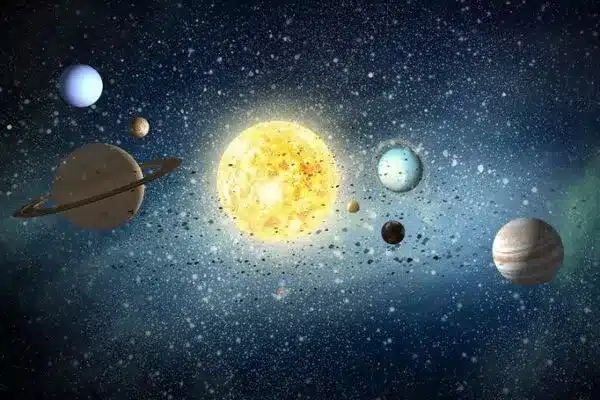
“I am ever grateful to the bright Ph.D. students of our team for proposing to observe systems like TOI-4860,” stated Amaury Triaud, Professor of Exoplanetology at the University of Birmingham, who led the study. Their efforts have truly paid off, as planets like TOI-4860 are critical to furthering our understanding of planet creation.
“The planetary qualities, which appear unusually enriched in heavy elements, provide a suggestion as to what may have occurred. We found something similar in the host star, thus an abundance of heavy metals is likely to have accelerated the planet formation process.”
The new gas giant takes about 1.52 days to complete a full orbit around its host star, but because its host is a cold low mass star, the planet itself can be referred to as a ‘Warm Jupiter’. This is a subclass of planet that holds particular interest for astronomers looking to build on their initial observations and learn more about how these kinds of planets are formed.
“Thanks to its very short orbital period and the properties of its host star, the discovery of TOI-4860 b provides a brilliant opportunity to study the atmospheric properties of a warm Jupiter and learn more about how gas giants are formed,” concludes Mathilde Timmermans, another SPECULOOS project student working at the University of Liege in Belgium.
The team recently received telescope time at Chile’s Very Large Telescope, which they expect to utilize to confirm several other planets with comparable features.
